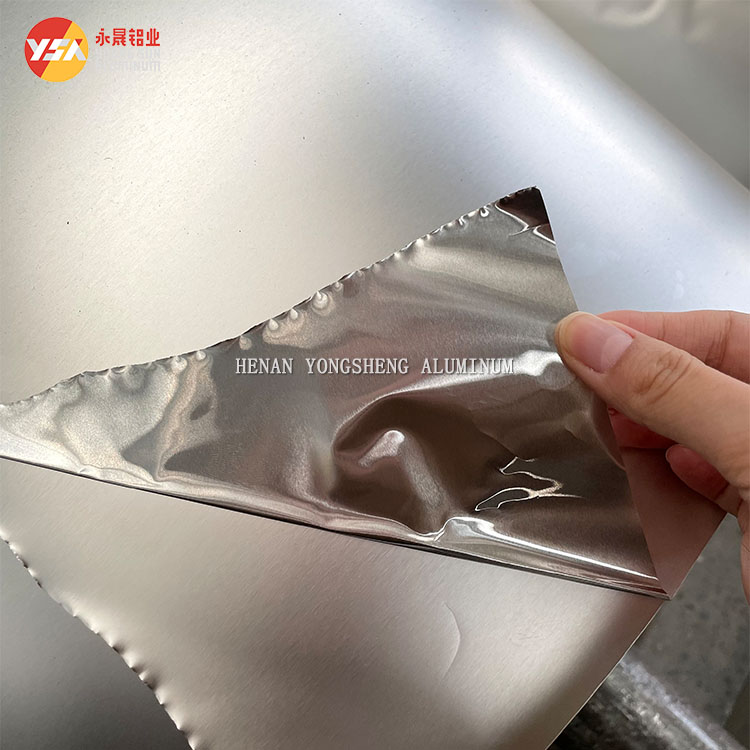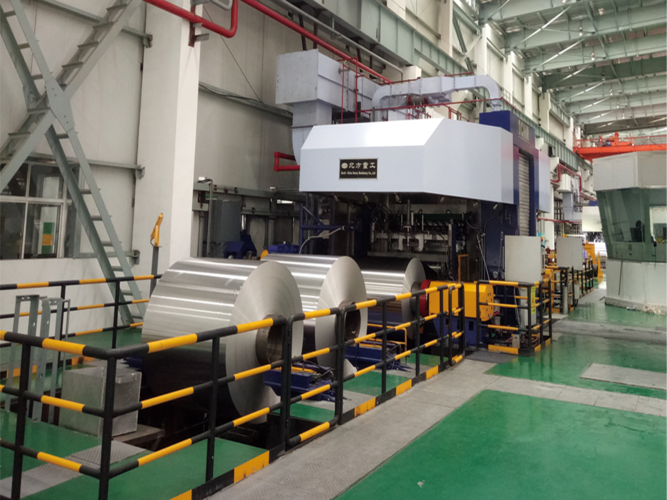Aluminum foil coil thickness control is crucial in ensuring product quality and meeting customer specifications. Here are several methods commonly employed for thickness control in aluminum foil coil production.

Online Thickness Measurement Systems
Implementing online thickness measurement systems allows for continuous monitoring of foil thickness during the rolling process. These systems use sensors or gauges to measure thickness accurately and in real-time, providing immediate feedback to the rolling mill operators. By adjusting rolling parameters based on this feedback, thickness variations can be minimized, ensuring consistent product quality.
Automatic Gauge Control (AGC) Systems
AGC systems automatically adjust rolling mill parameters, such as roll gap and rolling pressure, based on feedback from thickness measurement sensors. These systems can quickly respond to variations in foil thickness, maintaining tight control over thickness throughout the coil. AGC systems are highly effective in reducing thickness deviations and ensuring uniform product quality.
Rolling Mill Setup and Calibration
Proper setup and calibration of rolling mills are essential for achieving accurate thickness control. This involves precisely adjusting the position of rolls, ensuring parallelism, and calibrating pressure settings. Regular maintenance and calibration checks are necessary to maintain optimal performance and minimize thickness variations.

Material Selection and Preparation
The quality of the aluminum alloy used in foil production can significantly impact thickness control. Selecting high-quality raw materials with consistent properties helps minimize variations in foil thickness. Additionally, proper preparation of the aluminum ingots or billets, including homogenization and rolling at optimal temperatures, contributes to achieving uniform thickness.
Process Monitoring and Statistical Process Control (SPC)
Continuous process monitoring and SPC techniques are employed to identify trends and variations in foil thickness over time. By analyzing process data and implementing corrective actions when deviations occur, manufacturers can proactively maintain thickness within specifications. Statistical tools such as control charts and capability analysis aid in monitoring process stability and capability.
Feedback and Continuous Improvement
Establishing a feedback loop between production, quality control, and engineering teams is essential for ongoing improvement in thickness control. Regular review of process performance data, customer feedback, and internal quality audits helps identify areas for optimization and refinement. Continuous training and skill development for operators also contribute to maintaining consistent thickness control.
By employing these methods and maintaining a focus on continuous improvement, manufacturers can effectively control aluminum foil coil thickness, ensuring compliance with customer requirements and achieving high product quality standards.


